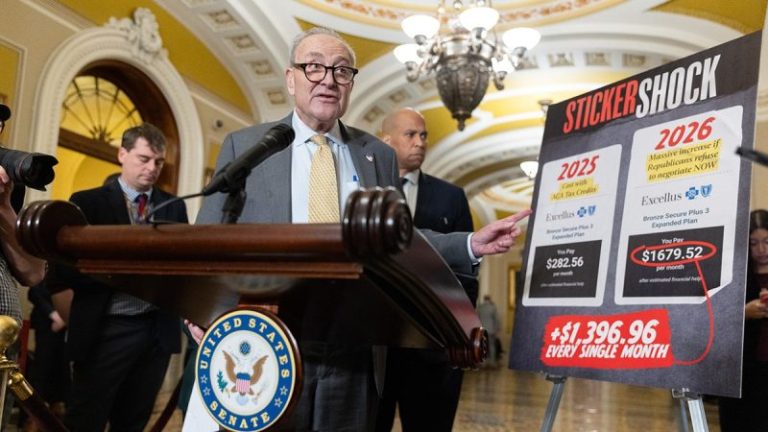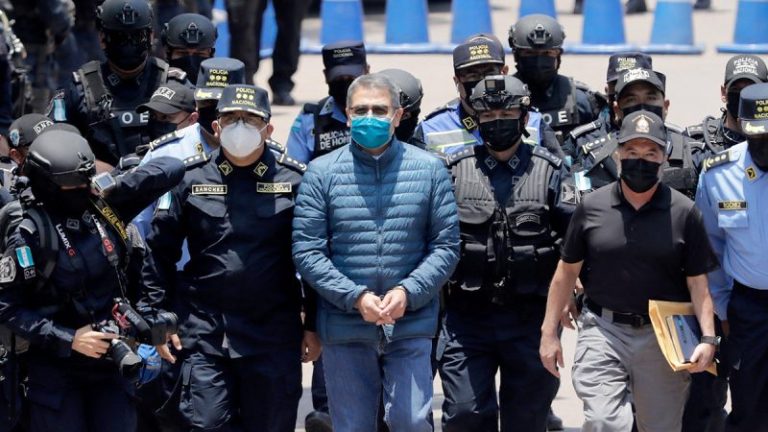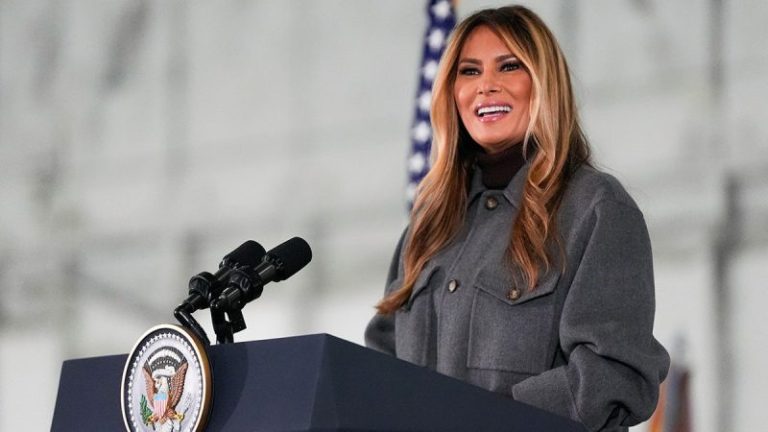Apple honors 17 standout developers for creating the best apps and games of 2025
Apple® today announced the winners of the 2025 App Store® Awards, recognizing 17 apps and games for their technical ingenuity and lasting cultural impact. This year’s talented group of winning developers delivered remarkable experiences that empowered users to achieve more, bring their ideas to life, and immerse themselves in stunning worlds. The winning apps and games were hand-selected by App Store editors from a list of 45 finalists for demonstrating exceptional innovation, user experience, and design.
This press release features multimedia. View the full release here: https://www.businesswire.com/news/home/20251204519906/en/
‘Every year, we’re inspired by the ways developers turn their best ideas into innovative experiences that enrich people’s lives,’ said Tim Cook, Apple’s CEO. ‘This year’s winners represent the creativity and excellence that define the App Store, and they demonstrate the meaningful impact that world-class apps and games have on people everywhere.’
The App Store remains the best place for users to discover and download apps and games, and this year’s winners showcase the endless possibilities available across Apple’s ecosystem. Tiimo offers users an impressive visual planner and thoughtfully implemented AI that turns aspirations into actionable next steps. Detail’s AI editing tools democratize the video production process for both aspiring and seasoned creators on iPad®, and Essayist tackles the time-consuming work of formatting academic papers on Mac®, powered by AI tools. Explore POV on Apple Vision Pro® whisks users to the most stunning locations around the world — all in breathtaking Apple Immersive Video. Strava excels on Apple Watch®, connecting a community of athletes with a sleek design and real-time segment tracking. HBO Max offers a more inclusive streaming experience with American Sign Language additions and an expansive entertainment lineup.
In the gaming category, Pokémon TCG Pocket’s amazing artwork, thrilling battles, and iPhone®-friendly interface are a remarkably fun evolution of Pokémon card battles. As creepy as it is cozy, DREDGE immerses iPad users in a charming fishing game with a haunting mystery. Cyberpunk 2077: Ultimate Edition stuns with its futuristic sci-fi metropolis, and WHAT THE CLASH? delivers nonstop laughter with silly, never-before-seen competitions. On Apple Vision Pro, Porta Nubi transforms Environments so players truly feel like they are a part of its atmospheric puzzles.
Apps
iPhone App of the Year
Tiimo , from tiimo.
iPad App of the Year
Detail , from Detail Technologies B.V.
Mac App of the Year
Essayist , from Essayist Software Inc.
Apple Vision Pro App of the Year
Explore POV , from James Hustler.
Apple Watch App of the Year
Strava , from Strava, Inc.
Apple TV® App of the Year
HBO Max , from WarnerMedia Global Digital Services, LLC.
Games
iPhone Game of the Year
Pokémon TCG Pocket , from The Pokémon Company.
iPad Game of the Year
DREDGE , from Black Salt Games.
Mac Game of the Year
Cyberpunk 2077: Ultimate Edition , from CD PROJEKT S.A.
Apple Vision Pro Game of the Year
Porta Nubi , from Michael Temper.
Apple Arcade® Game of the Year
WHAT THE CLASH? , from Triband ApS.
Cultural Impact Winners
In addition to recognizing apps and games across Apple devices, App Store editors selected six Cultural Impact winners for their ability to drive meaningful change. These apps and games were recognized for their positive impact, providing users with helpful tools, promoting understanding, and shaping a more inclusive world.
Art of Fauna from Klemens Strasser
Art of Fauna turns wildlife illustration from around the world into relaxing puzzles and sets a new standard for accessible game design.
Chants of Sennaar from Playdigious
Chants of Sennaar celebrates the power of language through a thought-provoking adventure.
despelote from Panic, Inc.
despelote crafts an intimate slice-of-life story that shares a glimpse into a nation navigating tumult and uniting through their love for soccer.
Be My Eyes from Be My Eyes
Be My Eyes combines the power of AI and millions of global volunteers to help people who are blind or have low vision with everyday activities.
Focus Friend by Hank Green from B-Tech Consulting Group LLC
Focus Friend by Hank Green acts as a powerful ally against digital distractions by gamifying focus sessions with satisfying prizes.
StoryGraph from The StoryGraph
StoryGraph creates an inclusive space for the book community rooted in authenticity through discovery elements that help elevate diverse authors
Apple revolutionized personal technology with the introduction of the Macintosh in 1984. Today, Apple leads the world in innovation with iPhone, iPad, Mac, AirPods, Apple Watch, and Apple Vision Pro. Apple’s six software platforms — iOS, iPadOS, macOS, watchOS, visionOS, and tvOS — provide seamless experiences across all Apple devices and empower people with breakthrough services including the App Store, Apple Music, Apple Pay, iCloud, and Apple TV. Apple’s more than 150,000 employees are dedicated to making the best products on earth and to leaving the world better than we found it.
NOTE TO EDITORS: For additional information visit Apple Newsroom ( www.apple.com/newsroom ), or email Apple’s Media Helpline at media.help@apple.com .
© 2025 Apple Inc. All rights reserved. Apple, the Apple logo, App Store, iPad, Mac, Apple Vision Pro, Apple Watch, iPhone, Apple TV, and Apple Arcade are trademarks of Apple. Other company and product names may be trademarks of their respective owners.
View source version on businesswire.com: https://www.businesswire.com/news/home/20251204519906/en/
Press Contacts:
D’Nara Cush
Apple
d_cush@apple.com
Apple Media Helpline
media.help@apple.com










